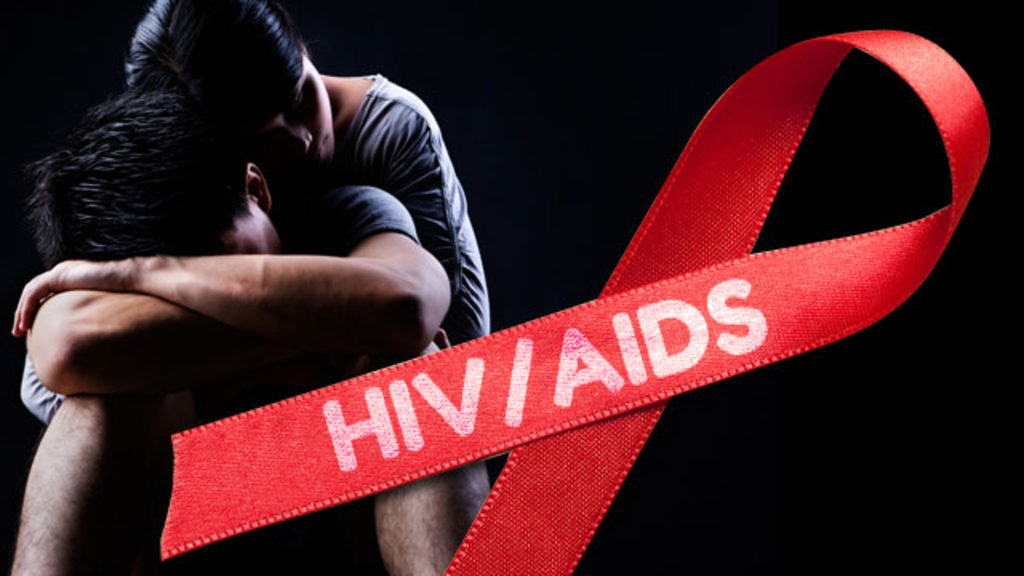The revelation that more than 20 cases of mother-to-child HIV transmission were recorded in 2024 should be cause for concern.
The head of Fiji’s Family Health Unit, Dr Rachel Devi, confirmed this as the World Health Organization (WHO), UNICEF and UNAIDS launched a joint Asia-Pacific regional roadmap for the triple elimination of mother-to-child transmission of HIV, syphilis and hepatitis B.
The roadmap is set to run until 2030.
Fiji, Dr Devi said, was working to address challenges by linking the prevention of mother-to-child services (PMTCT) with maternal and child healthcare.
These services were only available in tertiary and some sub-district facilities.
Now, we learn that the Government is developing a National Triple Elimination Plan for the next five years which aligns with the global and regional frameworks.
She reckons there is hope. “We want to leverage the fact that 99.8 per cent of our deliveries take place in hospitals.”
According to the UNAIDS, the roadmap would assess how 21 focus countries across the region had progressed in eliminating mother-to-child transmission of HIV, syphilis and hepatitis B since 2018.
UNAIDS regional director for Asia-Pacific and Eastern Europe Central Asia Eamonn Murphy suggested around 30 children contracted HIV every day in the region.
No child, he said, should begin life with a disease we can prevent, and no family should miss out on the information, services and support to give their children an HIV-free start.
Prevention of mother-to-child transmission services, according to the UNAIDS, averted nearly 72,000 new HIV infections among children in the region since 2015.
In the face of that, about 10,000 children were newly infected in 2023. That is shocking. It’s our regional reality though!
The roadmap is crucial to significantly decrease mother-to-child transmissions and outlines seven strategic priorities to guide national action.
We have a serious issue before us.
This demands action!
In fact the challenge we have is to address our woes as our numbers grow.
It is about creating awareness at every level of society.
That means taking the campaign to communities, to the vanua, and to the people.
It means spreading this to schools.
Before that though, we should be asking important questions. What is happening? How are these new infections happening!
Where are the gaps in the system? Are mothers getting tested early enough? How aware are we about the HIV challenge?
Are health workers adequately trained? Are cultural barriers or stigma stopping women from accessing services? Let’s try to understand what is happening around us!
It is clear that we cannot afford to be complacent. The rise in mother-to-child HIV transmissions should be a wake-up call. While progress has obviously been made, the fight isn’t over. We should be working together to eliminate preventable diseases, and we should be acting with urgency, purpose, and compassion.
We should make this a national priority!



